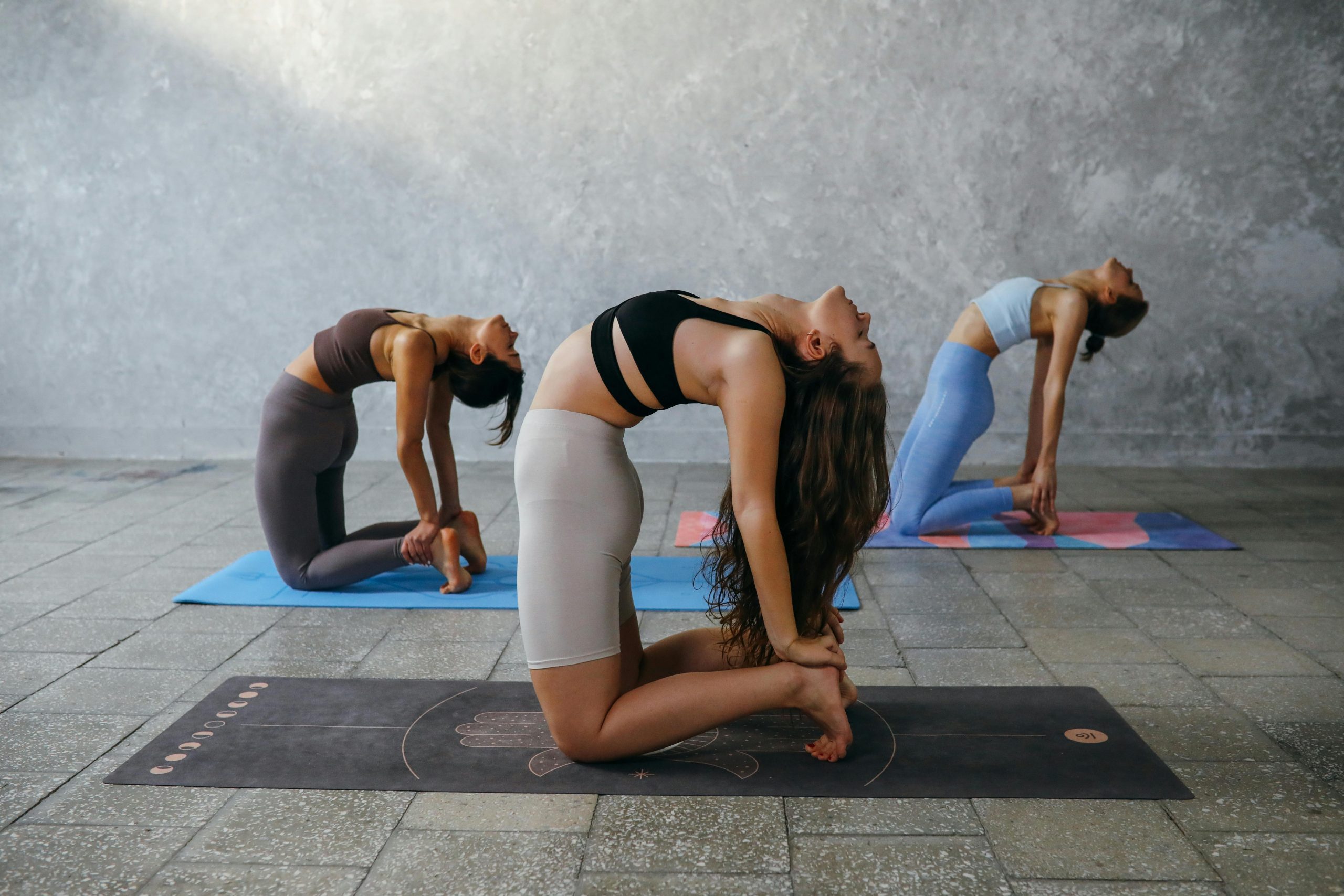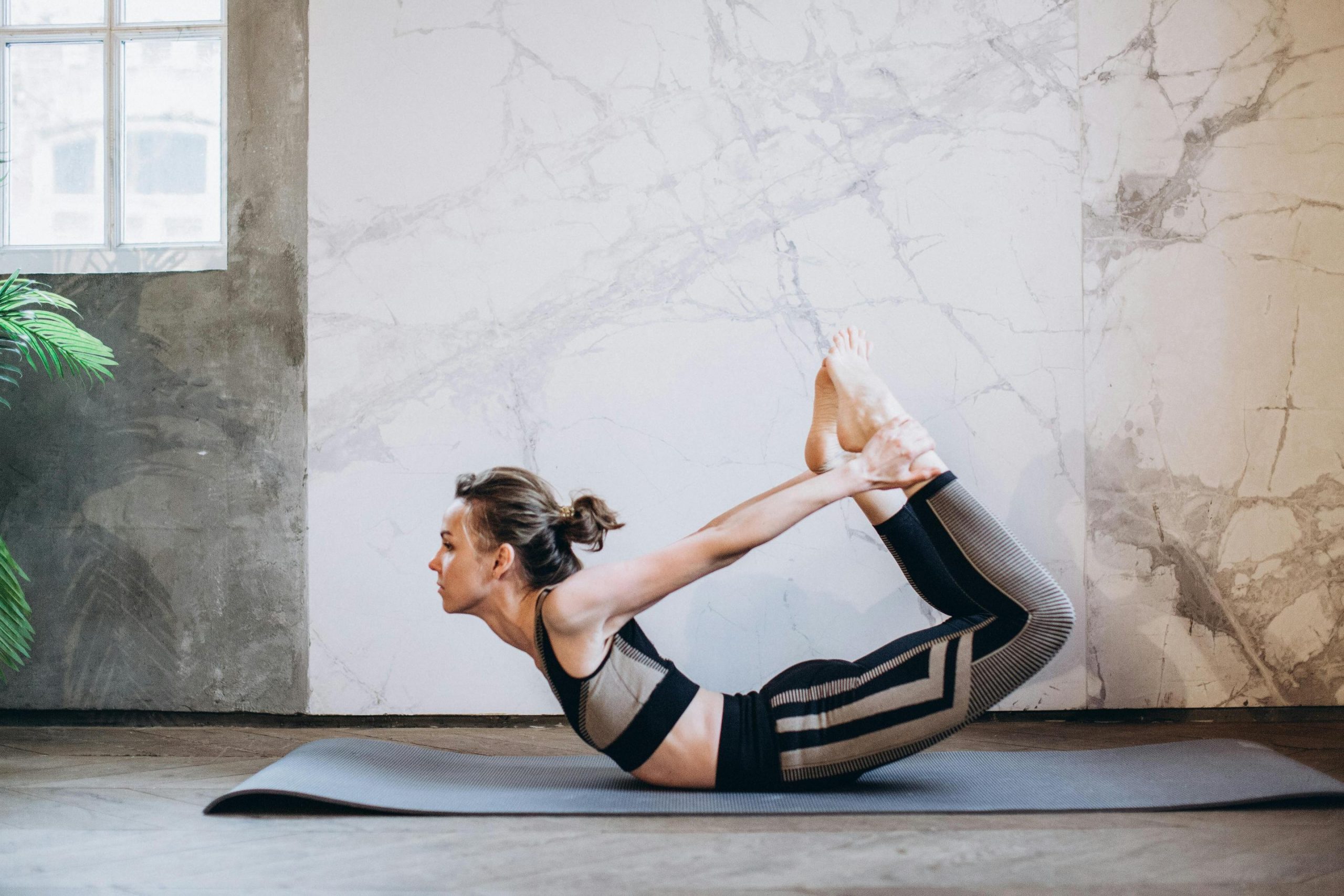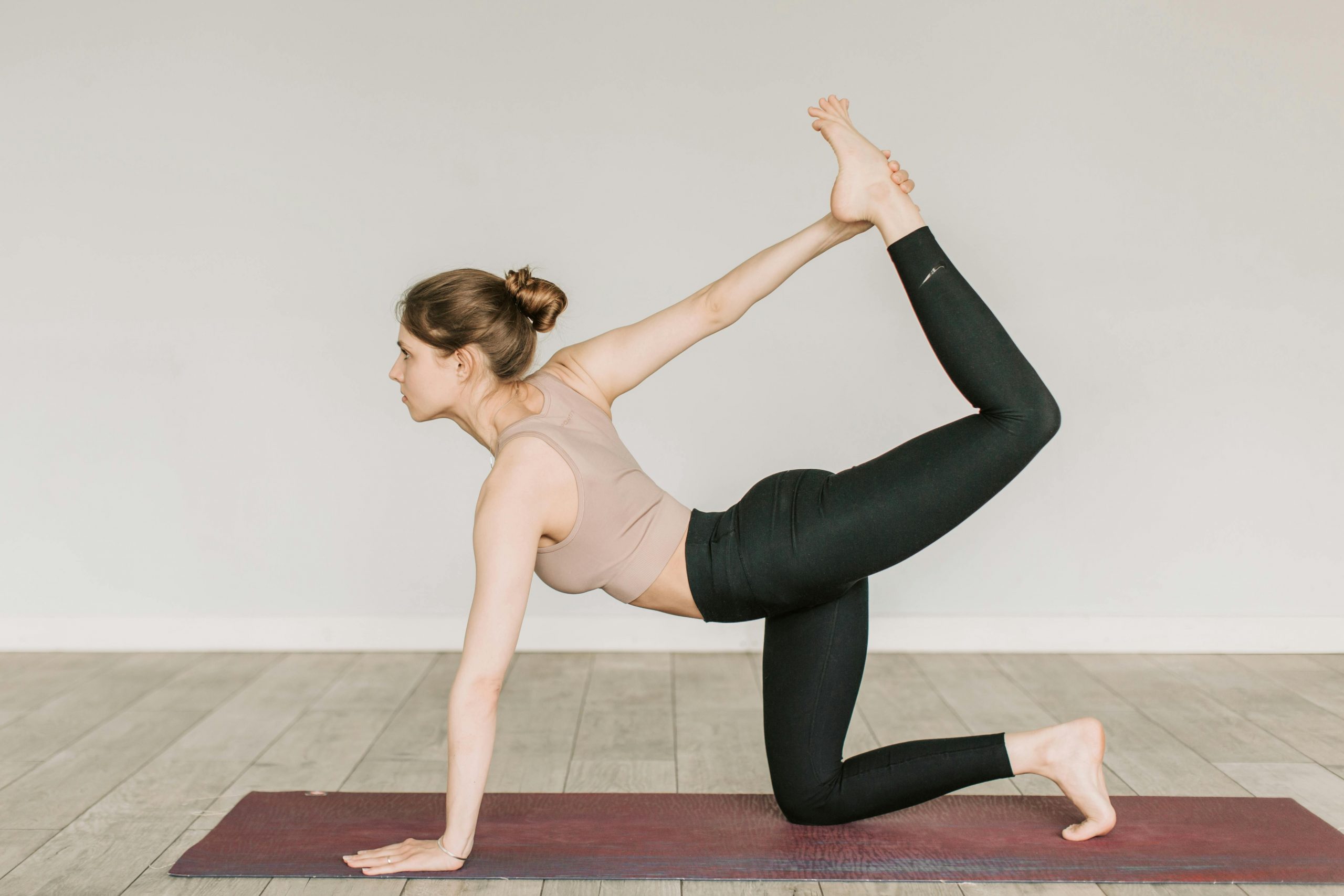
Pilates is a popular low-impact exercise that focuses on strength, flexibility, and body awareness. Whether you’re a beginner or an experienced fitness enthusiast, knowing how often you should do Pilates can help you get the most out of your routine. This guide will help you understand the ideal frequency, what results to expect, and how to tailor your workouts to your fitness goals.
Why Pilates Works

Pilates targets your core muscles—think abs, lower back, and hips—while also strengthening your entire body. It improves posture, flexibility, and muscle tone. Unlike high-impact workouts, Pilates is gentle on the joints and can be done by people of all ages and fitness levels. Many people also ask, is Pilates good for weight loss? The answer is yes—when combined with a healthy diet and consistent schedule, Pilates can support long-term weight loss by building lean muscle and improving metabolism.
How Often Should Beginners Do Pilates?
If you’re new to Pilates, it’s best to start slowly and build your way up.
- Start with 2–3 sessions per week. This gives your body time to adapt and recover.
- Choose beginner-friendly classes or online videos.
- Focus on proper form instead of speed or intensity.
- Allow 1 day of rest between sessions to avoid soreness or injury.
Within a few weeks, you’ll likely notice better posture, improved flexibility, and stronger core muscles.
Ideal Frequency for Intermediate and Advanced Levels
Once you’re comfortable with the basics, you can increase how often you do Pilates:
- Intermediate level: Aim for 3–5 sessions per week. You can mix mat Pilates and reformer Pilates for variety.
- Advanced level: Daily sessions (5–6 times per week) are possible, especially if you vary the intensity. Alternate between challenging and recovery-focused classes.
If you’re doing Pilates this often, listen to your body. Overtraining can lead to fatigue or poor form.
What Results Can You Expect at Different Frequencies?
Here’s a general idea of what to expect based on how often you practice:
- 1–2 times per week: You’ll feel less stiff and more flexible. It’s great for stress relief and maintaining current fitness.
- 3–4 times per week: You’ll start to notice improved muscle tone, stronger posture, and better core strength.
- 5–6 times per week: You’ll likely see noticeable body composition changes and strength gains. This frequency also supports weight loss and full-body toning.
How Long Should Each Pilates Session Be?
The length of your session depends on your goals and schedule:
- Short sessions (20–30 minutes): Perfect for busy days or a quick morning routine. You can still work your core and stretch tight muscles.
- Standard sessions (45–60 minutes): Ideal for most people. This gives enough time to warm up, do a full workout, and cool down.
- Extended sessions (75+ minutes): Best for advanced practitioners or full-body reformer workouts.
Doing shorter workouts more often can be just as effective as fewer long sessions.
Types of Pilates and How They Affect Frequency

There are two main types of Pilates:
1. Mat Pilates
This is done on the floor using your own body weight. It’s more accessible and can be done at home or in a class.
- Great for beginners.
- Easier to fit into your weekly routine.
- Can be done daily if sessions are low to moderate intensity.
2. Reformer Pilates
This uses a machine with springs and pulleys to add resistance.
- Ideal for strength-building and muscle control.
- Best done 2–4 times per week due to higher intensity.
- Often requires professional instruction.
Mixing both types can keep your routine interesting and challenge your body in different ways.
Can You Do Pilates Every Day?
Yes, you can do Pilates every day—but that doesn’t mean you should push yourself hard every time. Like any exercise, rest and recovery are important.
If you choose to do Pilates daily:
- Vary the intensity (e.g., alternate between core workouts and stretching).
- Listen to your body—take a break if you’re sore or tired.
- Include rest days or gentle sessions to allow muscles to recover.
Many advanced practitioners follow a 5-day routine with 2 rest or active recovery days.
Combining Pilates with Other Workouts
To get the most out of your fitness plan, combine Pilates with other types of exercises:
- Cardio (e.g., walking, running, biking): Helps burn calories and support heart health.
- Strength training: Builds additional muscle and increases metabolism.
- Yoga or stretching: Improves flexibility and helps prevent injury.
If your main goal is to lose weight, doing Pilates alongside cardio and maintaining a healthy diet can give better results.
Is Pilates Enough for Weight Loss?
So, is Pilates good for weight loss? It can be—especially when done consistently and combined with other healthy habits.
Here’s how Pilates helps:
- Burns calories: A moderate-intensity Pilates class burns 175–400 calories per hour.
- Builds lean muscle: More muscle = higher resting metabolism.
- Reduces stress: Lower stress levels can reduce emotional eating.
- Improves consistency: Because it’s gentle, it’s easier to stick with long-term.
To maximize weight loss:
- Do Pilates at least 3–5 times a week.
- Add 2–3 days of cardio.
- Eat a balanced, calorie-controlled diet.
Signs You’re Doing Pilates Too Often
It’s possible to overdo it—even with low-impact workouts like Pilates. Watch for these signs:
- Ongoing soreness or fatigue
- Loss of motivation or interest
- Trouble sleeping
- Pain in joints or muscles
If you notice any of these, take a day or two off and focus on recovery. Your body will thank you.
Tips for Staying Consistent with Your Pilates Routine
Sticking to a regular schedule can help you see better results. Here are some tips:
- Set a schedule: Choose specific days and times to work out.
- Start small: Even 15 minutes is better than nothing.
- Track your progress: Use a journal or app to stay motivated.
- Find a class or instructor you enjoy: It makes a huge difference.
- Mix it up: Try new routines, props, or online classes to keep things fresh.
Final Thoughts: How Often Should You Do Pilates?
The right Pilates frequency depends on your goals, fitness level, and schedule. For most people:
- 2–3 times a week is perfect for beginners.
- 3–5 times a week helps improve strength, flexibility, and posture.
- 5–6 times a week is great for serious fitness gains and weight loss—just remember to include rest or low-intensity days.
Whatever your schedule, consistency is key. Stick with it, and you’ll likely notice stronger muscles, better posture, and a boost in your overall well-being.

